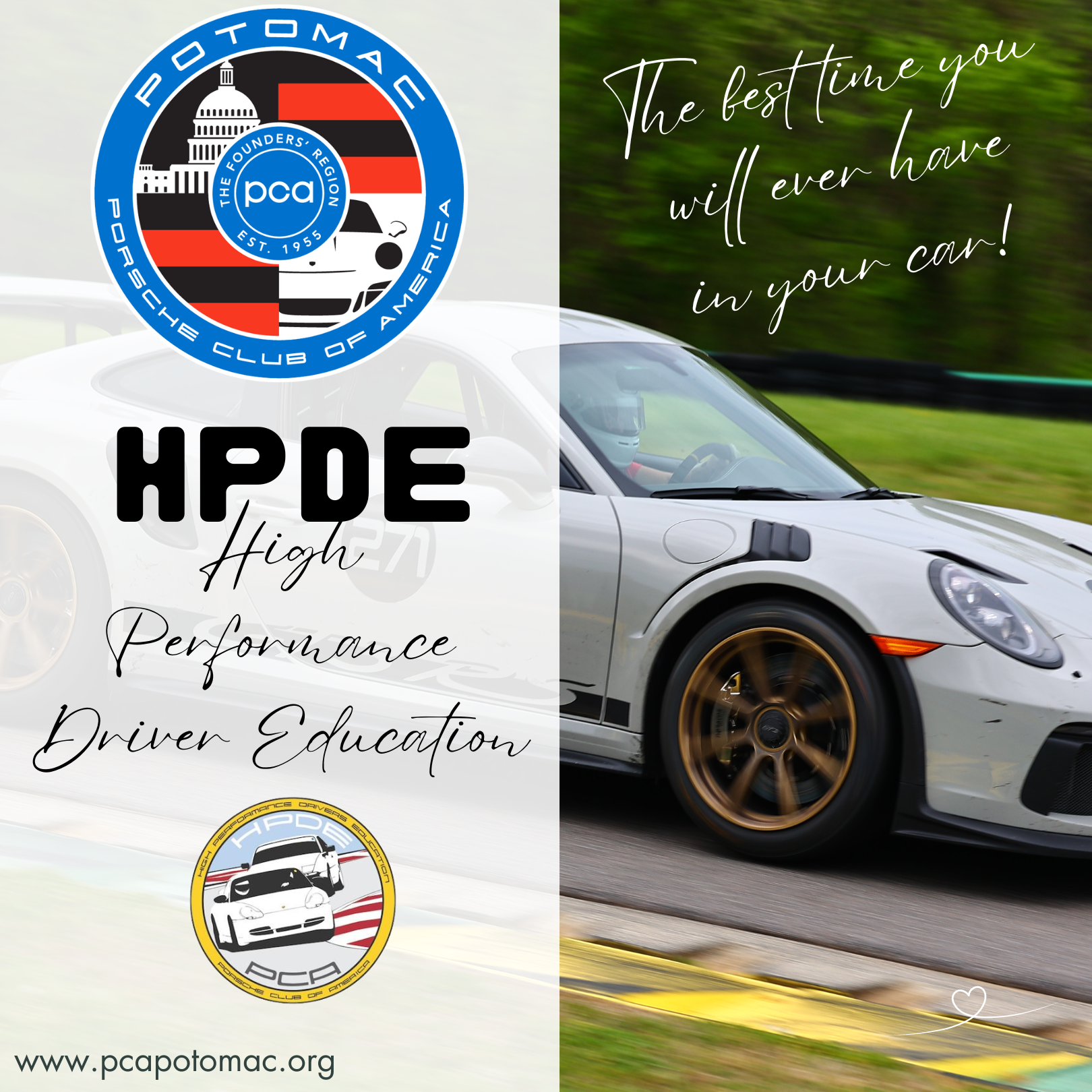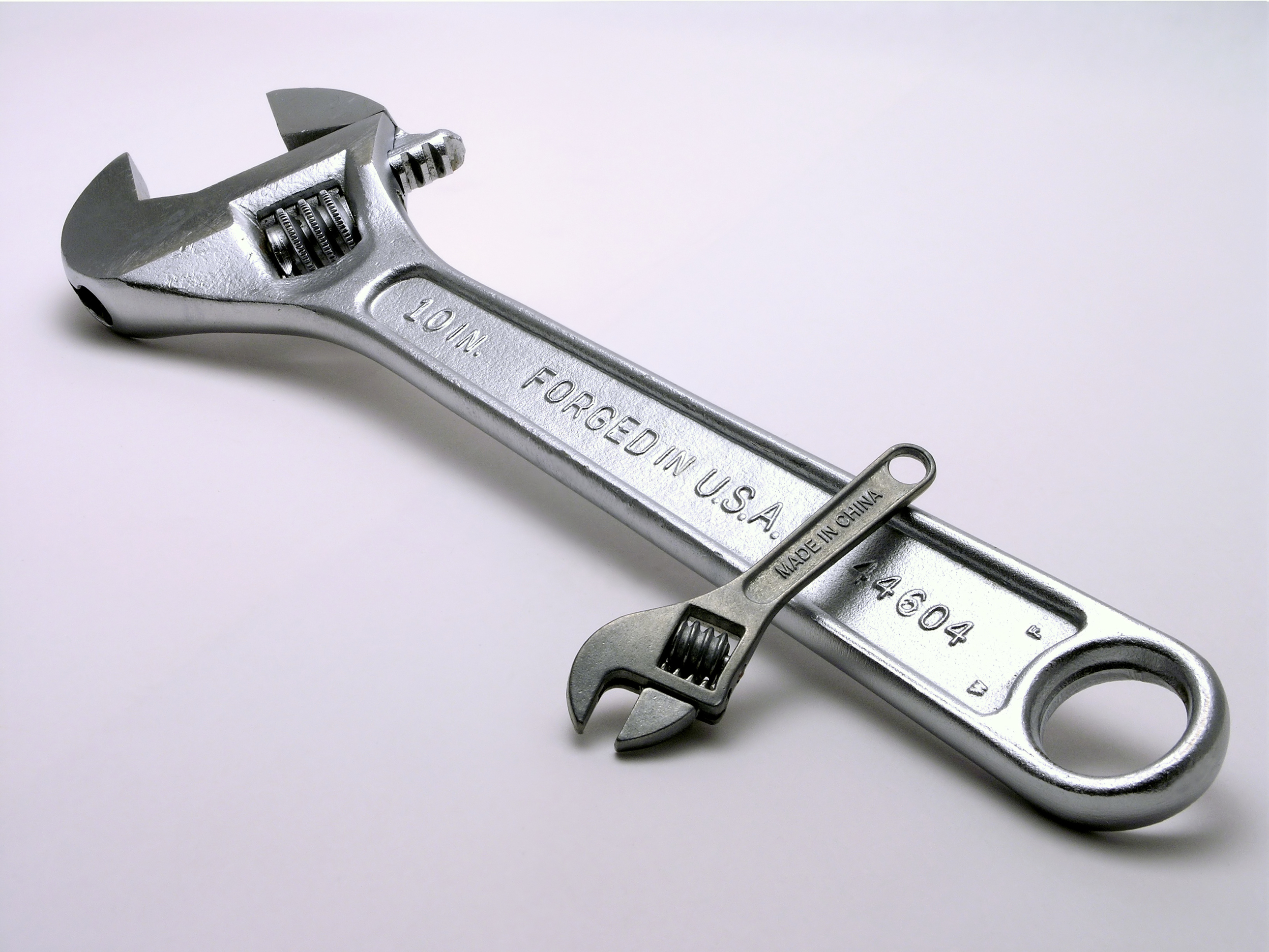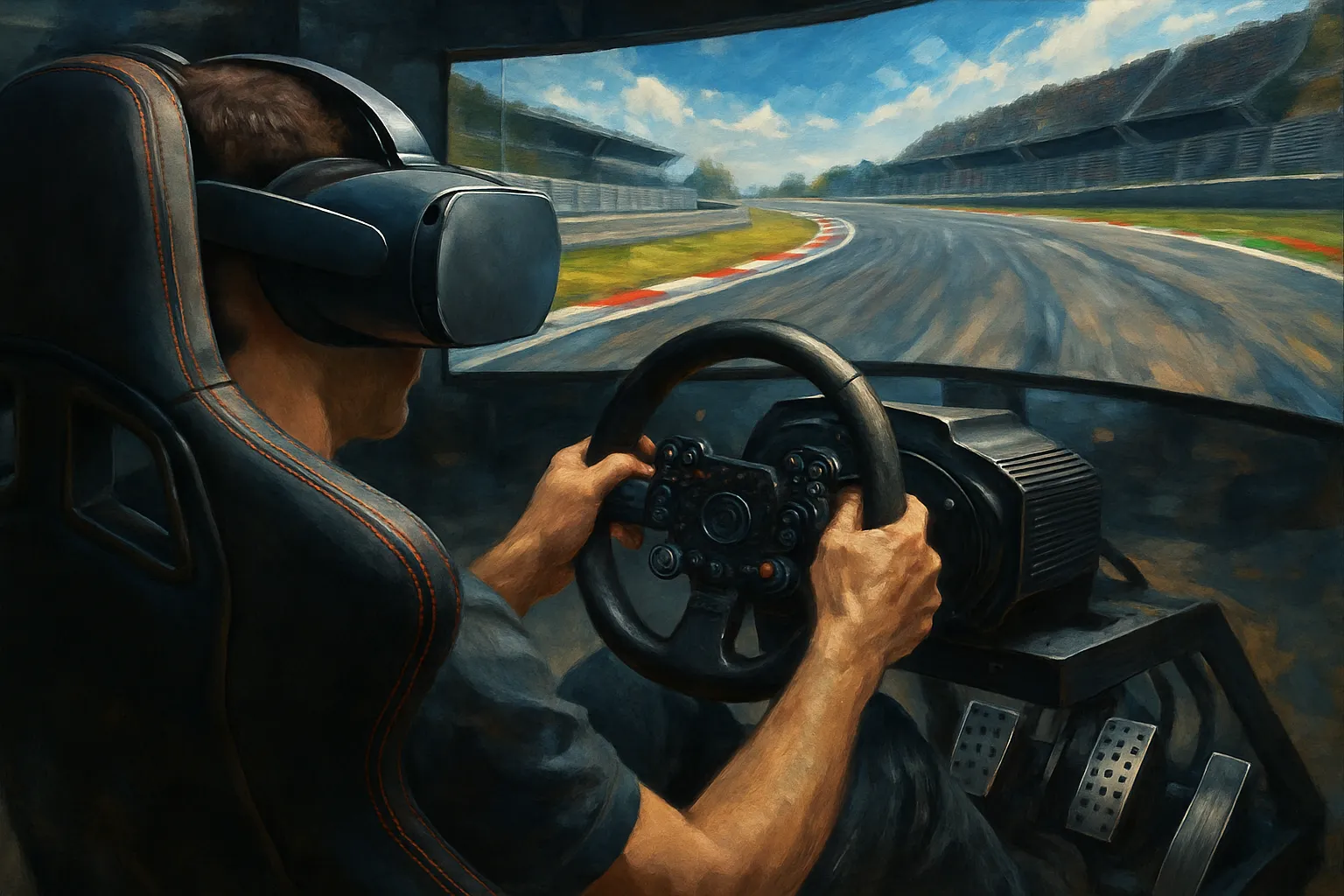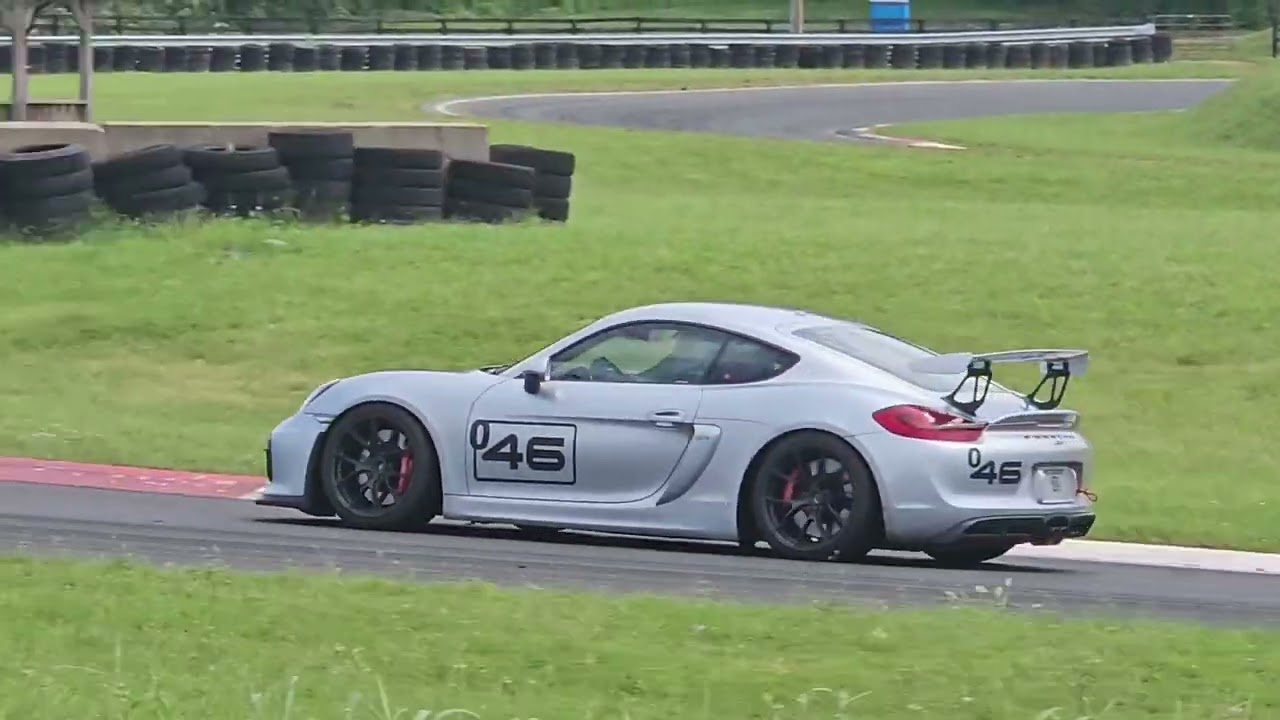I still remember my first track weekend, caffeine-fueled and nerve-wracked, at Summit Point with the PCA Potomac crew. Oddly enough, what stuck wasn’t the speed but the camaraderie in the paddock and the gratifying heft of my first helmet—a real initiation. Now, with the 2025 HPDE season wrapping up and the looming closure of PITT Raceway, I’ve been thinking a lot about what’s at stake for grassroots driving, what keeps drawing us back, and how clubs like PCA Potomac fit into the bigger picture.
Why the Last HPDE at Summit Point Matters (More Than You Think)
If you’ve ever spent a weekend at Summit Point Motorsports Park, you know there’s something special about the place. For years, it’s been a staple for PCA Potomac’s High Performance Driver Education (HPDE) events, but now, with the closing of PITT Raceway, Summit Point has become more than just a favorite—it’s the de facto home for our grassroots driving community. The final HPDE of the season isn’t just another date on the calendar. It’s a milestone, a reunion, and a sendoff all rolled into one. And this year, it carries even more weight.
Summit Point: The New Home Base After PITT’s Closing
When word spread that PITT Raceway would be closing, it hit the community hard. For many of us, PITT was more than a track; it was a proving ground, a place to grow as drivers and connect with friends. Its loss left a void, but Summit Point has stepped up to fill it. Now, every HPDE at Summit Point feels more significant. It’s not just about the laps or the lap times—it’s about keeping the spirit of grassroots driving alive.
- Central hub: With PITT gone, Summit Point is now the main venue for PCA Potomac’s HPDE program.
- Community magnet: Drivers from all over the region are converging here, making each event bigger and more meaningful.
- Continuity: The traditions, friendships, and learning that started at PITT are now thriving at Summit Point.
The Final HPDE: More Than Just a Capstone
The last HPDE of the season always feels different. There’s an energy in the paddock that you don’t get at any other time of year. It’s part celebration, part reflection. For some, it’s a chance to chase that personal best lap. For others, it’s about catching up with friends they only see at the track. And for everyone, it’s a reminder of why we do this in the first place.
- Sendoff: The final HPDE is a way to say goodbye to another season, and to the friends and mentors who make it special.
- Reunion: It’s a gathering of the tribe—a chance for grassroots drivers to reconnect and share stories from the year.
- Reflection: Packing up on Sunday afternoon, sunburned and tired, I always feel that bittersweet mix of satisfaction and nostalgia. Every lap teaches something new, and every event leaves me a little wiser.
Grassroots Drivers: The Heart of HPDE
At its core, HPDE is about education and safety. It’s where first-timers learn the ropes and seasoned drivers hone their craft. The closing of PITT Raceway has made these opportunities even more precious. Without accessible tracks, grassroots drivers lose their training grounds. That’s why Summit Point’s role is so vital.
- First-timers: For those just starting out, Summit Point is where they take their first steps into performance driving, under the watchful eyes of experienced instructors.
- Skill-building: Every session is a chance to improve—whether it’s learning the racing line, mastering braking zones, or simply building confidence behind the wheel.
- Safety: HPDE events emphasize safety above all else. Instructors, classroom sessions, and strict protocols ensure that everyone goes home with more knowledge and respect for the sport.
“There’s nothing quite like the feeling of loading up your car after a weekend at Summit Point—sunburned, exhausted, but already thinking about next year. That’s the magic of HPDE.”
Summit Point’s Enduring Importance
With PITT Raceway’s closure, Summit Point isn’t just a track—it’s a lifeline for grassroots drivers. It’s where we gather, learn, and push ourselves, season after season. The final HPDE of the year is more than a tradition; it’s a testament to the resilience and passion of our community. Every lap, every handshake, every shared story in the paddock matters more now than ever before.
Grassroots Driver Development: Why HPDEs Are the Unsung Heroes
When I think about what truly shapes a driver at the grassroots level, it’s not just the big races or the high-profile events. It’s the High Performance Driver Education (HPDE) weekends—the unsung heroes of motorsport—that have the biggest impact. These events are the gateway for so many of us who want to push our cars and ourselves, but don’t have the budget or experience for wheel-to-wheel racing. HPDEs are where the real learning happens, and they’re more important now than ever, especially as we see tracks like PITT Raceway facing closure and clubs like PCA Potomac wrapping up their seasons.
Accessible Entry Point for Everyone
One of the best things about HPDEs is how accessible they are. You don’t need a purpose-built race car, a trailer, or a pit crew. In fact, at my first HPDE, I showed up in my daily driver—a car that still had fast food wrappers in the back seat and a child seat I forgot to remove. All I needed was a helmet, a willingness to listen, and a genuine hunger to learn. That’s the beauty of these events: they strip away the intimidation factor and let anyone with a car and curiosity get on track.
Structured Instruction for First-Timers
Programs like the High Performance Driving Clinic are designed specifically for newcomers. The structure is welcoming but rigorous. You start with classroom sessions that cover everything from basic track etiquette to the physics of braking and cornering. Then, you’re paired with an instructor who rides shotgun, guiding you through each lap, pointing out where you can push harder and where you need to back off. The feedback is immediate and personal—something you just can’t get from YouTube videos or sim racing.
Safety and Growth Go Hand in Hand
Safety is the foundation of every HPDE. Before you even get on track, there’s a thorough tech inspection. Helmet requirements are strict, and for good reason. I remember my first drivers’ meeting at Washington Circuit: the organizers made it clear that safety wasn’t just a rule, it was a culture. Lapping sessions are carefully managed, with passing zones and point-by rules that keep everyone out of trouble. After each session, there’s a debrief—sometimes formal, sometimes just a chat in the paddock—where you talk through what went right, what went wrong, and how to improve.
Anecdote: My Turn 6 Wake-Up Call
I’ll never forget the first time I survived (barely) turn 6 at Washington Circuit. It’s a deceptively tricky corner—off-camber, blind apex, and just enough runoff to make you think you’re safe. I went in too hot, missed my braking point, and felt the rear end start to slide. Somehow, I kept it together, but my heart was pounding. That moment changed my whole outlook on risk, control, and what it means to improve as a driver. It wasn’t about being the fastest; it was about learning where my limits were and how to stretch them safely. That’s the kind of lesson you only get at an HPDE.
Building a Community of Lifelong Learners
HPDEs aren’t just about driving—they’re about building a community. In the paddock, you’ll find everyone from first-timers to seasoned instructors swapping stories, sharing tools, and offering advice. There’s a sense of camaraderie that’s hard to find elsewhere in motorsport. When news breaks about a track closing, like PITT Raceway, it hits this community hard. We know that every lost venue means fewer opportunities for new drivers to experience what we have.
The Future of Grassroots Driving
As we face the end of the season and the uncertainty of track closures, the role of HPDEs becomes even more critical. They are the lifeblood of grassroots driver development, giving ordinary enthusiasts a place to learn, grow, and fall in love with driving all over again. Without them, the next generation of drivers might never get their turn 6 wake-up call—or the chance to discover what they’re truly capable of behind the wheel.
After PITT Raceway: Shifting Gears and Looking Ahead
As I reflect on the end of PCA Potomac’s HPDE season, the reality of PITT Raceway’s closure is still sinking in. For years, PITT has been a cornerstone for grassroots drivers in our region—a place where novices found their footing and veterans honed their craft. Its loss is more than just the disappearance of a favorite track; it’s a seismic shift that’s already sending ripples through our entire community.
The most immediate impact is clear: Summit Point, already a popular venue, is now feeling the squeeze. With fewer tracks available, demand for HPDE slots has skyrocketed. Registration for events fills up faster than ever, and paddocks are more crowded. I’ve noticed that organizers are adapting by giving registration priority to novice drivers, ensuring that the next generation of enthusiasts still gets a chance to experience the thrill of learning on track. It’s a smart move, but it also means that seasoned drivers like myself need to be even more proactive—and sometimes a bit lucky—to secure a spot.
This new reality has sparked a lot of speculation and conversation in the paddock. Could the closure of PITT be the catalyst that inspires new tracks to be built? Or maybe it will encourage creative partnerships between clubs, private landowners, or even local governments. The need is certainly there. Our community is passionate, resourceful, and growing. If there was ever a time for innovation, it’s now.
Let me take a brief op-ed tangent here. Imagine if our club—or a coalition of clubs—could organize a pop-up circuit. Picture a temporary but legendary track laid out on an unused airport runway or a retired military base. These spaces exist, and with the right planning and safety measures, they could host unforgettable grassroots events. It’s not as far-fetched as it sounds; similar pop-up tracks have been successful in other regions and even overseas. The logistics would be challenging, but the payoff could be huge: more seat time, more camaraderie, and a new chapter in our local driving culture.
Of course, while we dream about new possibilities, we also have to adapt to the present. With fewer track days on the calendar, every event becomes more meaningful. Upcoming gatherings like the PCA Club Race and our regular brunches are now even more vital—not just for the driving, but for keeping our connections alive. These events are where we share stories, swap tips, and support each other, both on and off the track. As track options dwindle, the social side of our community becomes a lifeline, helping us stay engaged and motivated.
Looking ahead, I see both challenges and opportunities. The loss of PITT Raceway is a blow, but it’s also a call to action. We need to advocate for new venues, support creative solutions, and make the most of every event we have. For those of us who love grassroots driving, this is a moment to band together, share resources, and keep the spirit of HPDE alive. Whether it’s through new tracks, pop-up events, or simply showing up for a club brunch, every effort counts.
In the end, the heart of our community isn’t tied to any one piece of asphalt. It’s in the friendships we build, the skills we develop, and the passion we share for driving. As we shift gears into the next season—whatever it may bring—I’m confident that we’ll find new ways to keep moving forward. The road ahead may be uncertain, but our commitment to grassroots motorsport is as strong as ever.
TL;DR: PCA Potomac’s final HPDE at Summit Point wraps up a defining season, offering a rally point for grassroots drivers amid changes like the PITT Raceway closure. As venues shift, these events remain linchpins of skill-building and community for enthusiasts. If you’re on the fence about joining, now’s the moment to dive in—next year’s landscape might look very different.



